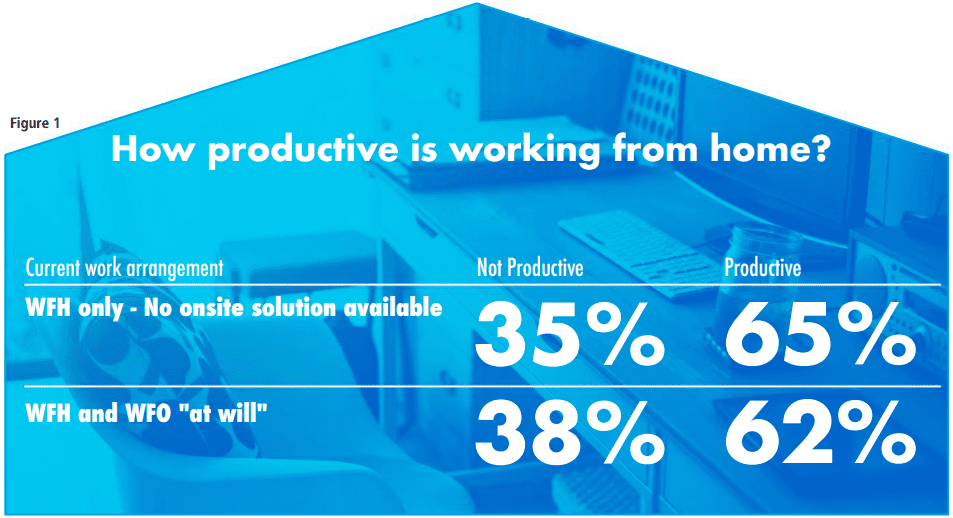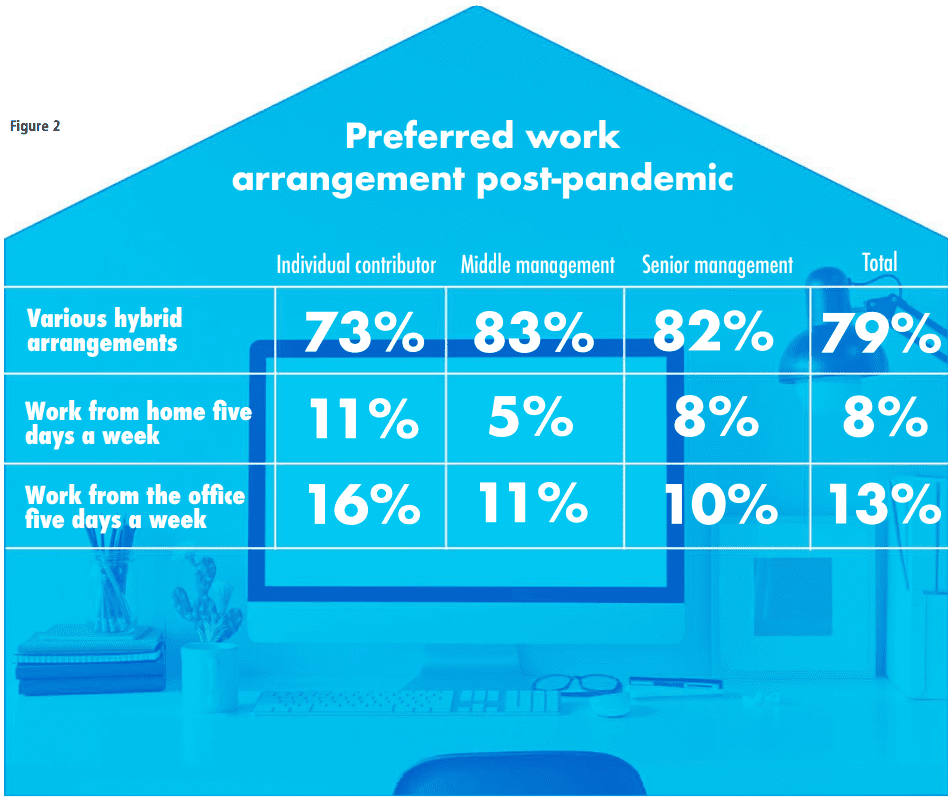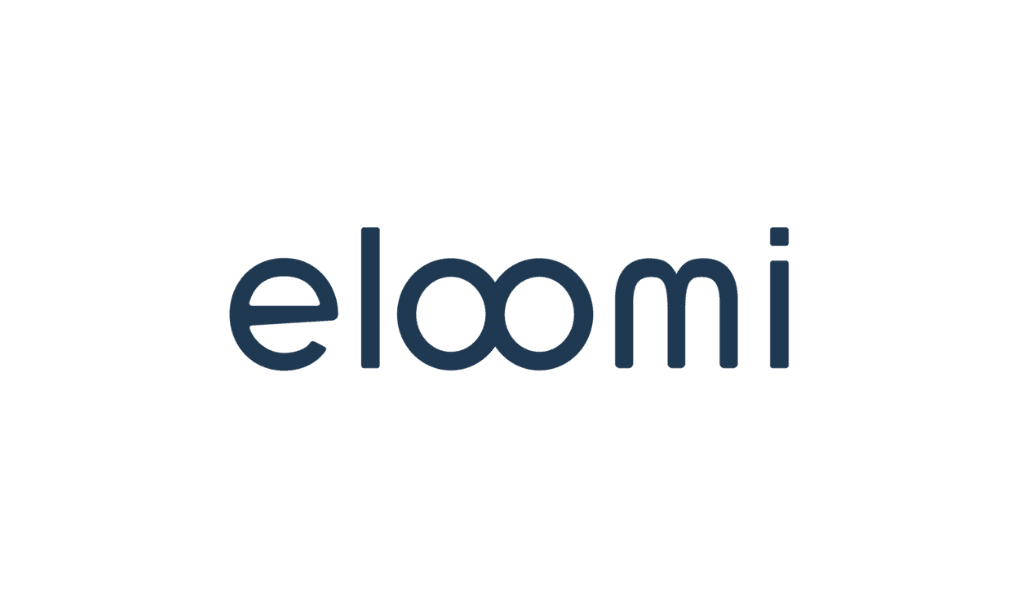How HR can get ahead of employee turnover caused by changing worker preferences.
By Nirit Peled-Muntz
As daily life gets back to normal, companies must prepare for a different storm ahead what pundits are calling The Great Resignation. In April, nearly 4 million people quit their jobs, with predictions of millions of more resignations to come as people across all industries consider their next moves. To combat this, companies must understand what’s driving this shift: Why are people quitting, and what are they looking for instead?
Employees feel very productive working outside of the office. Research from Hibob shows that over 60% of employees feel productive working from home or in a hybrid work model (see Figure 1 on page 45). Employees want to continue to work remotely, as they have demonstrated they can do so while remaining productive.
Employees today are also looking for flexibility. The move to remote work gave people plenty of space to think about priorities and what they value. For many, that means more flexibility, time with family and friends, perhaps a new career path, and the freedom to leave commuting behind. Companies are asking -or in some cases, demanding -that employees come back to the office, but many people refuse to go back to the way things were.
Recent data from Hibob shows that only 10% of employees want to return to the office full-time and more than a third of the workforce is very likely to quit if forced to do so. Overall, about 80% of employees prefer various hybrid work solutions (see Figure 2 on page 46). As companies announce their return-to-office policies, employees are looking for jobs that suit their needs and working styles -whether part-time employment, remote work, or freelance projects that provide more autonomy. Employees who don’t feel like their job is accommodating them are ready to see what else is out there. In April, 6 million new jobs were added, indicating a high demand for talent. Employees know this and are willing to seek out the better opportunities they know are out there.
After more than a year to think about what they want out of life, many people are considering new career paths, especially if they can leverage new skills acquired during the pandemic. For some, months spent in lockdown have revived old passions, and side gigs are becoming the main focus. Others are looking for more flexibility and a better work-life balance in the same industry.
How can companies get people to stay around? Employees want the autonomy to choose whether to work from home or the office: 79% feel a hybrid working model is the best solution. By offering employees the flexibility to work the way they see fit, companies support work-life balance while sending the message that they trust their teams. Employees feel they have proven themselves as worthy of that trust and realize many organizations saw significant growth while remote.
Organizations must also invest in company culture. Happy employees will be more loyal, even when a recruiter calls. They will talk about why they are happy, and a positive reputation will help bring in top talent. The responsibility falls on HR teams to find ways to foster and build a company culture that’s no longer office-centric.
Make collaboration and community a priority and invest in team-building activities so that all employees feel like a vital part of the organization. Consider redesigning the office so it facilitates collaboration and teamwork. Turn the office into a destination that employees want to visit, one that offers added value to their own work and professional relationships, rather than somewhere they are forced to visit. Prioritize employee well being by offering employees extra benefits, such as mental healthcare and more time off to relax and unplug.
Companies must demonstrate that they offer support. When employees feel valued, they’ll know that if an issue arises, they have someone in their corner to help find a solution.
Flexibility is the key to employee happiness and retention. When asked what their ideal working model would be, employees overwhelmingly chose a remote or “at-will” model. The office is still beneficial in employees’ minds, but the emphasis is on choice. Regardless of the pre-pandemic office working arrangement, 82% of employees believe that hybrid/ remote work benefits outweigh the cons. Many employees feel that spending two hours commuting is not a priority, but rather work has to accommodate life. If one must be sacrificed for the other, The Great Resignation proves that people are willing to step away from work to make more time for life.
Forcing employees to return to the office will encourage The Great Resignation. The majority of U.S. workers’ job satisfaction is very close to pre-pandemic levels.
Ongoing remote work, flexible work schedules, the ability to be autonomously productive, and the time saved by eliminating the daily commute are contributing and shaping the next wave of work where a hybrid working model is leading the way.
While it may have taken a few months to adjust, the past year has shown that a combination of in-person and remote work has a broad appeal to all employees. Companies need to realize that the next normal is here and make sure their policies put people first and help them perform at their best.
Nirit Peled-Muntz is chief people officer at Hibob
















